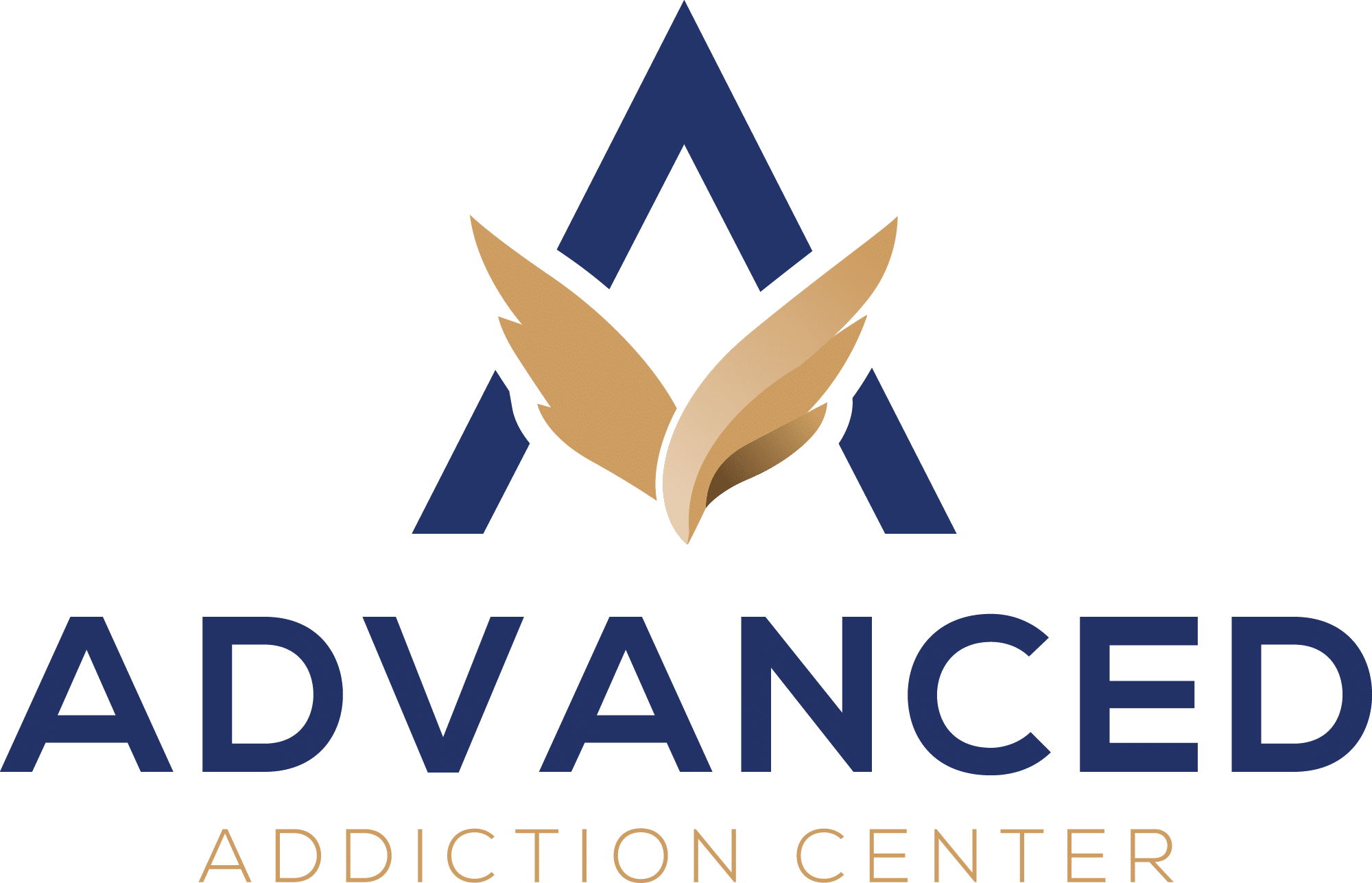Understanding Nicotine Withdrawal Symptoms and Triggers
Quitting nicotine brings significant physical and psychological challenges. Your body has developed a dependence on nicotine, and breaking free triggers various withdrawal symptoms:
Common Physical Symptoms:
- Intense cravings for nicotine
- Headaches and dizziness
- Increased appetite
- Sleep disturbances
- Digestive issues
- Tremors or restlessness
Psychological Effects:
- Irritability and mood swings
- Difficulty concentrating
- Anxiety or depression
- Memory problems
- Racing thoughts
Recognizing your personal triggers helps prevent relapse. These triggers often fall into specific categories:
Environmental Triggers:
- Specific locations (bars, outdoor spaces)
- The smell of cigarette smoke
- Seeing others smoke
- Having cigarettes nearby
Emotional Triggers:
- Stress at work
- Arguments or conflict
- Feelings of loneliness
- Celebration or social events
Time-Based Triggers:
- Morning coffee routine
- After meals
- Work breaks
- Late-night cravings
You can better manage these challenges by identifying your specific triggers and creating strategies to handle them. For instance, recording your cravings in a journal helps track patterns and develop effective coping mechanisms tailored to your experience. Incorporating exercise into your routine can also significantly help alleviate withdrawal symptoms and support your recovery journey.
If you’re struggling with nicotine addiction and need professional help, consider reaching out to an addiction rehab center for comprehensive support.
Effective Coping Strategies to Manage Nicotine Withdrawal
Breaking free from nicotine addiction requires a strategic approach backed by proven coping methods. Let’s explore effective strategies to help you manage withdrawal symptoms and stay on track with your quit journey.
1. Nicotine Replacement Therapies (NRT)
NRT products deliver controlled amounts of nicotine to your body without the harmful chemicals found in tobacco. These FDA-approved options help reduce cravings while you work toward complete nicotine independence.
Available NRT Options:
- Nicotine Patches: Deliver steady nicotine doses through skin absorption, available in different strengths (21mg, 14mg, 7mg), worn for 16-24 hours, ideal for managing background cravings.
- Nicotine Gum: Provides quick relief for sudden cravings, available in 2mg and 4mg strengths, chew-and-park method releases nicotine, helps manage oral fixation.
- Nicotine Lozenges: Dissolve slowly in mouth, similar strength options to gum, discrete and easy to use, perfect for situations where gum isn’t appropriate.
How NRT Works:
NRT products help manage withdrawal by:
- Reducing physical cravings
- Maintaining steady nicotine levels
- Allowing gradual nicotine reduction
- Preventing withdrawal symptoms like headaches, anxiety, irritability, difficulty concentrating
You can combine different NRT products under medical supervision for enhanced effectiveness. For example, using patches for consistent nicotine delivery while keeping gum handy for breakthrough cravings creates a comprehensive approach to withdrawal management.
The key to successful NRT use lies in following the recommended dosing schedule and gradually reducing nicotine intake over time. This systematic approach helps your body adjust while minimizing withdrawal discomfort.
2. Prescription Medications
Prescription medications offer a scientifically-proven approach to managing nicotine withdrawal symptoms. Two primary medications stand out in this category:
1. Varenicline (Chantix)
- Blocks nicotine receptors in your brain
- Reduces cravings and withdrawal symptoms
- Decreases the pleasure you get from smoking
- Typically prescribed for 12-week treatment cycles
- Success rates up to 44% when combined with counseling
2. Bupropion (Zyban)
- Acts on brain chemicals linked to nicotine cravings
- Helps manage withdrawal-related depression
- Can be started while still smoking
- Treatment usually begins 1-2 weeks before your quit date
- Effective for 7-12 weeks of usage
These medications work differently from NRT by targeting specific brain mechanisms involved in nicotine addiction. Your doctor might prescribe them alone or in combination with other treatments based on your:
- Medical history
- Current medications
- Level of nicotine dependence
- Previous quit attempts
- Personal preferences
Both medications require a prescription and regular monitoring by healthcare providers. You’ll need to discuss potential side effects, including:
- Sleep changes
- Mood alterations
- Digestive system issues
- Headaches
Research shows these medications can double or triple your chances of quitting successfully when used as directed under medical supervision.
3. Behavioral Strategies for Coping with Nicotine Withdrawal
Behavioral strategies play a vital role in managing nicotine withdrawal symptoms. These practical techniques help you stay on track during challenging moments of your quit journey.
Healthy Snacks and Oral Substitutes
- Keep sugar-free gum or mints handy
- Crunch on carrot sticks, celery, or cucumber slices
- Sip water through a straw to mimic the hand-to-mouth action
- Try sunflower seeds or unsalted nuts for mindful snacking
Physical Activity Solutions
- Take short walks during cigarette craving peaks
- Practice gentle stretching exercises
- Join a gym class or sports activity
- Dance to your favorite music at home
Stress Management Techniques
- Practice 4-7-8 breathing: inhale for 4 counts, hold for 7, exhale for 8
- Try progressive muscle relaxation
- Download meditation apps for guided sessions
- Create a quiet space for daily mindfulness practice
Hands-On Distractions
- Use stress balls or fidget toys
- Take up knitting or crafting
- Draw or color in adult coloring books
- Practice simple origami
These behavioral strategies work best when combined with your chosen treatment method. Each technique serves as a powerful tool in your quit plan arsenal, helping you navigate through withdrawal symptoms while building healthier habits. However, it’s important to note that some individuals may experience insomnia during this period. For those struggling with sleep after quitting substances, there are effective strategies for managing insomnia during withdrawal that can be incorporated into your overall coping strategy.
4. Developing a Personalized Quit Plan with Support Systems in Place
Creating a personalized quit plan sets you up for success by addressing your unique smoking patterns and triggers. Here’s how to build an effective plan:
Set a Quit Date
- Choose a date within the next two weeks
- Pick a day with minimal stress or major events
- Mark it on your calendar and share it with trusted supporters
Track Your Current Smoking Habits
- Record when and where you smoke
- Note your emotional state during smoking
- Identify patterns in your daily routine
Create Your Trigger Response Plan
Replace smoking with specific activities for each trigger:
- Morning coffee → 5-minute stretching
- Work breaks → Short walk around the block
- After meals → Brush teeth or chew sugar-free gum
- Social gatherings → Hold a stress ball or fidget toy
Build Your Support Network
Identify key support people:
- Close friends or family members
- Former smokers who understand the journey
- Healthcare providers
Share your quit plan with them and specify how they can help during tough moments.
Consider Professional Help
Incorporating individual therapy into your quit plan can provide you with healthy coping mechanisms to overcome addiction. A licensed therapist can guide you through this process, making it easier to deal with cravings and emotional triggers.
Prepare Your Environment
- Remove smoking-related items from your space
- Stock up on quit aids (patches, gum, or prescribed medications)
- Create smoke-free zones in your home and car
- Keep healthy snacks and water readily available
5. Seeking Support from Others During Your Nicotine Withdrawal Journey
Breaking free from nicotine addiction becomes significantly easier when you build a strong support network. Support groups create a safe space where you can share experiences, challenges, and victories with people who understand your journey.
Key Support Resources:
- Counseling Groups: Face-to-face group sessions provide real-time interaction and immediate feedback. You’ll learn from others’ experiences and develop lasting connections with people who share similar goals.
- Quitlines: Free telephone support services staffed by trained counselors who offer personalized guidance. Available 24/7, these services provide immediate support during critical moments.
- Online Communities: Digital platforms and forums connect you with a global network of individuals at different stages of their quit journey. These communities offer round-the-clock support and encouragement.
- Family and Friends: Letting your loved ones know about your quit journey enables them to provide emotional support and practical help. They can create smoke-free environments and engage you in activities that reduce cravings.
Support Group Benefits:
- Accountability partnerships
- Shared coping strategies
- Emotional validation
- Access to experienced quitters
- Crisis intervention resources
Advanced Addiction Center’s group therapy sessions incorporate peer support elements, helping you build connections with others while developing effective coping mechanisms. These structured environments combine professional guidance with peer encouragement, creating a comprehensive support system for your recovery journey.
In addition to nicotine withdrawal, some individuals may also be dealing with high-functioning alcohol addiction simultaneously. This situation can complicate the quitting process, making it even more crucial to seek the right kind of support during this challenging time.
Professional Assistance for Long-term Success in Overcoming Nicotine Addiction
Research shows that combining professional counseling with medication interventions can double your chances of successfully quitting smoking. Professional counselors at addiction treatment centers, such as the Advanced Addiction Center in Medford, Massachusetts, provide:
- Personalized strategies based on your smoking patterns
- Expert guidance on medication dosage and timing
- Regular monitoring of withdrawal symptoms
- Adjustment of treatment plans as needed
Your counselor helps identify psychological dependencies and emotional triggers that standard nicotine replacement therapy might not address. Through cognitive behavioral therapy sessions, you’ll learn:
- Stress management techniques
- Healthy coping mechanisms
- Relapse prevention strategies
- Life skills for maintaining abstinence
Incorporating professional counseling alongside medication not only increases the chances of quitting but also plays a crucial role in helping individuals maintain their smoke-free status for longer periods. The structured support system provided by healthcare professionals ensures accountability and offers immediate intervention during challenging phases of your recovery journey. This approach aligns well with established treatment methodologies, as detailed in various research studies.
At the Advanced Addiction Center, you’ll find comprehensive treatment programs that integrate both medical and psychological approaches, maximizing your potential for long-term success in overcoming nicotine addiction. Furthermore, the center also offers employment opportunities for individuals in addiction recovery, aiding in their reintegration into society after treatment.
Exploring Alternative Methods like Hypnosis for Smoking Cessation
Hypnosis is an interesting alternative approach to quitting smoking. This technique aims to change the subconscious thought patterns associated with smoking habits through deep relaxation and focused attention.
Research Findings on Hypnosis
The research on hypnosis shows mixed results:
- Some studies report success rates ranging from 20-35% for participants
- Clinical evidence remains limited due to variations in hypnotic techniques
- Results can vary significantly based on individual susceptibility to hypnosis
What to Know About Hypnotherapy:
Sessions typically focus on installing positive suggestions about quitting Practitioners may combine hypnosis with other behavioral techniques Multiple sessions might be required for optimal results
While hypnosis offers a non-drug option for dealing with nicotine withdrawal, it’s crucial to have realistic expectations about this method. The current scientific consensus suggests that hypnosis is most effective when used as part of a comprehensive treatment plan, rather than as a standalone solution.
Always consult healthcare professionals at centers like Advanced Addiction Center to determine the most appropriate smoking cessation methods for your specific situation.








